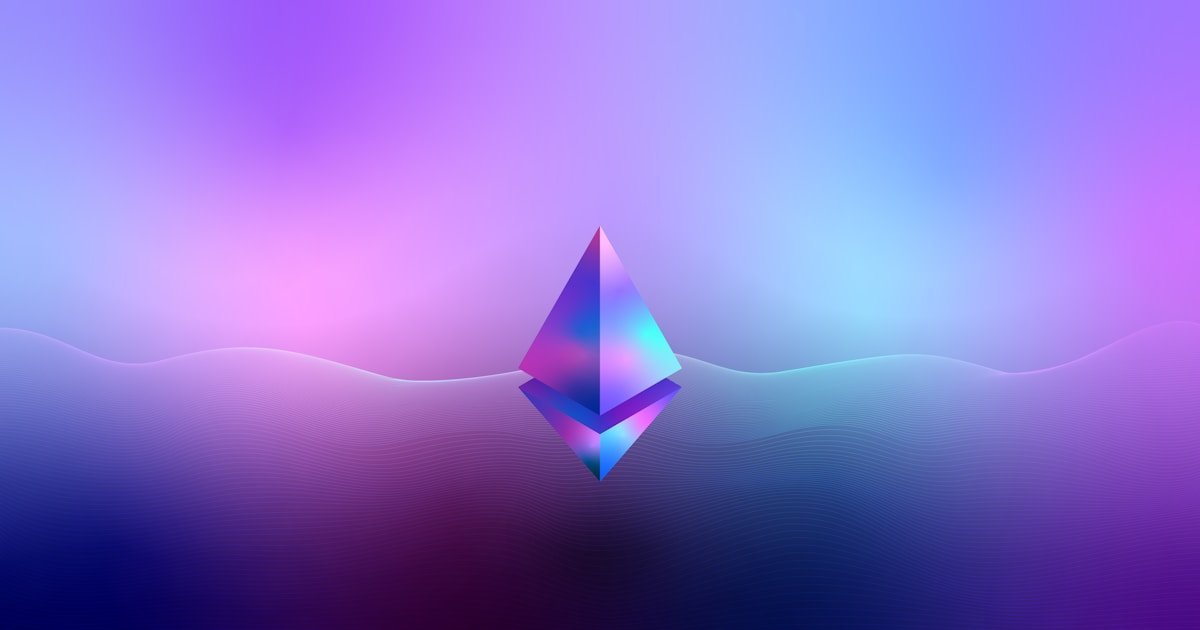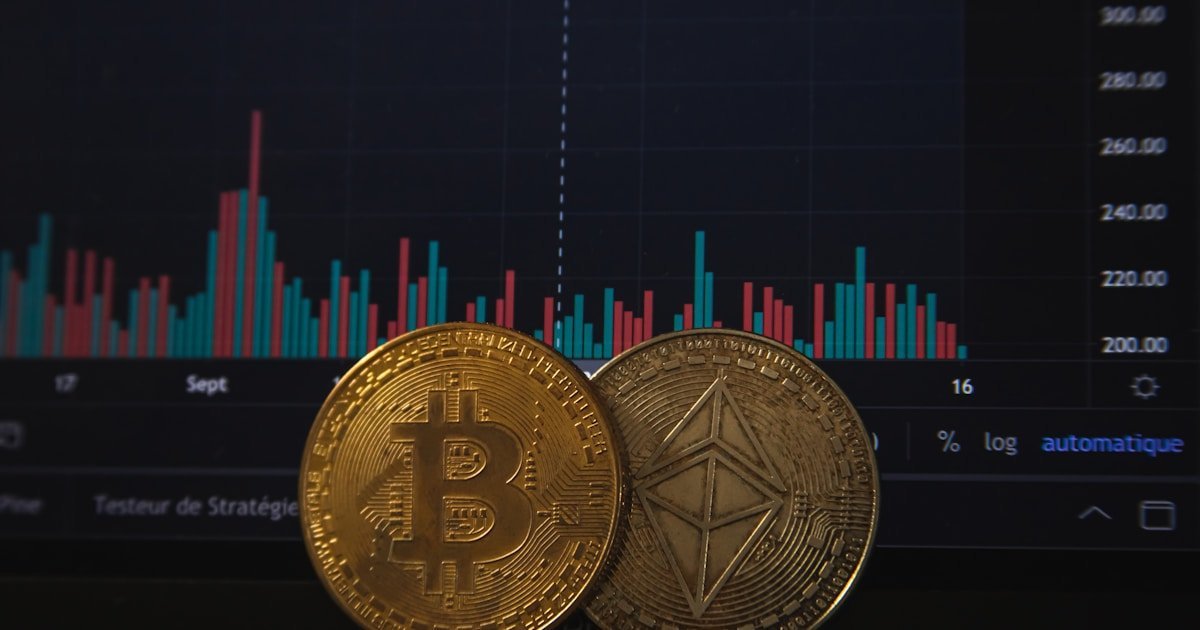Aave Multi-Chain Analysis 2025: Network Comparison & Optimization
Deploy across 8 networks: cost analysis, performance comparison, cross-chain strategies
Aave operates across 8 major blockchain networks, offering unique advantages on each chain. Understanding these differences is crucial for optimizing gas costs, maximizing yields, and accessing the best liquidity.
This comprehensive analysis compares Aave’s deployment across Ethereum, Arbitrum, Optimism, Polygon, Base, and other networks. We analyze gas costs (90-99% savings on L2s), liquidity depth, yield opportunities, and cross-chain strategies.
Whether you’re deploying $500 or $500K, choosing the right chain dramatically impacts your returns. L2 deployments offer gas savings that can add 5-15% annually to net yields.
🔗 Network Comparison
| Network | TVL | Avg Gas Cost | Tx Speed | Best For |
|---|---|---|---|---|
| Ethereum | $12B+ | $50-200 | 12 seconds | Large positions ($10K+) |
| Arbitrum | $3.2B+ | $0.50-2 | 1-2 seconds | Active management |
| Optimism | $1.8B+ | $0.30-1 | 2-3 seconds | Medium positions ($1K+) |
| Polygon | $850M+ | $0.01-0.10 | 2 seconds | Small positions, testing |
| Base | $620M+ | $0.20-0.80 | 2 seconds | Growing ecosystem |
⚡ Gas Cost Analysis
🎯 Multi-Chain Strategies
1. L1 + L2 Diversification
Strategy: Deploy 60% on Ethereum for max liquidity, 40% across L2s for active management. Capture best of both worlds.
Capital Required: $15K+
Benefits: Security + flexibility
Best For: Balanced approach to multi-chain deployment
2. L2-Only High-Frequency
Strategy: Operate exclusively on Arbitrum/Optimism for minimal gas. Rebalance frequently to capture optimal ranges.
Capital Required: $5K+
Benefits: 95% gas savings, frequent rebalancing viable
Best For: Active managers seeking maximum efficiency
3. Incentive Arbitrage
Strategy: Chase liquidity mining programs across chains. Move capital to highest incentivized pools temporarily.
Capital Required: $10K+
Benefits: Extra 10-30% APY from incentives
Best For: Opportunistic yield farmers
❓ Multi-Chain FAQs
Which chain should I use for Aave?
Depends on capital size: $10K+ → Ethereum for maximum liquidity and security. $1-10K → Arbitrum/Optimism for balance of liquidity and low costs. $100-1K → Polygon for minimal gas fees. Consider using multiple chains for diversification.
How much can I save on gas with L2s?
L2 gas costs are 90-99% lower than Ethereum: Ethereum $50-200/tx vs Arbitrum $0.50-2, Optimism $0.30-1, Polygon $0.01-0.10. For active strategies with monthly rebalancing, this adds 5-15% annually to net returns. Gas savings are most significant for smaller positions and frequent transactions.
Are L2 deployments as secure?
L2s use identical audited contracts but add layer-specific risks: bridge vulnerabilities, sequencer centralization, withdrawal delays (7 days for Optimistic rollups). However, major L2s (Arbitrum, Optimism) have strong security records with billions in TVL. Risk is acceptable for most users given significant gas savings.
How do I bridge assets between chains?
Use official bridges: Arbitrum Bridge (arb-bridge), Optimism Gateway (optimismgateway), Polygon Bridge (wallet.polygon.technology). Or third-party: Hop Protocol, Across, Synapse for faster transfers. Official bridges are safest but slower (7-day Optimistic rollup delays). Always verify bridge addresses and start with test amounts.
Do yields differ across chains?
Yes significantly! Ethereum typically offers 8-15% base APY. L2s often have additional incentive programs adding 5-20% APY temporarily. Emerging chains (Base, newer L2s) may offer 30-50% APY early-on. However, lower TVL chains have less liquidity depth. Balance yield with liquidity and security considerations.
Can I manage positions across multiple chains?
Yes! Use portfolio trackers: Zapper, Zerion, DeBank show all positions across chains in one dashboard. You’ll need separate gas tokens (ETH for Ethereum/Arbitrum/Optimism/Base, MATIC for Polygon). Consider Gnosis Safe for multi-chain treasury management. Many professional LPs run 5-10 positions across 3-4 chains simultaneously.
What are bridging costs and times?
Official bridges: L1→L2 (10-20 min, $20-80 gas), L2→L1 (7 days Optimistic, instant for ZK-rollups, $5-15 gas). Fast bridges (Hop, Across): Minutes for any route, 0.1-0.5% fee + gas. Budget $50-100 for initial multi-chain setup, then $10-30 monthly for rebalancing. Frequent bridgers should maintain balances on multiple chains.
Should I use the same strategy on all chains?
Not necessarily. Ethereum: use for large passive positions due to high gas. L2s: ideal for active management and range rebalancing. Polygon: perfect for testing strategies risk-free. Optimize strategy to chain characteristics. Example: Tight ranges on Polygon/Arbitrum (cheap rebalancing), wide ranges on Ethereum (minimize transactions).
What’s the optimal multi-chain portfolio?
Suggested allocation: 50% Ethereum (stability + liquidity), 25% Arbitrum (active strategies), 15% Optimism (diversification), 10% Polygon/Base (experimental/high-yield). Adjust based on capital: Under $5K → L2-only. $5-20K → 30% L1, 70% L2. $20K+ → 50%+ L1 for security. Rebalance quarterly based on incentive programs.
How do I track multi-chain performance?
Use these tools: APY.vision (comprehensive analytics), Revert Finance (V3-specific), DeBank (net worth tracking), Zapper (transaction history), DeFi Llama (yield comparisons). Export data monthly for tax reporting. Set up Discord/Telegram alerts for significant price movements across chains. Create spreadsheet tracking capital allocation, yields, and gas costs per chain.





